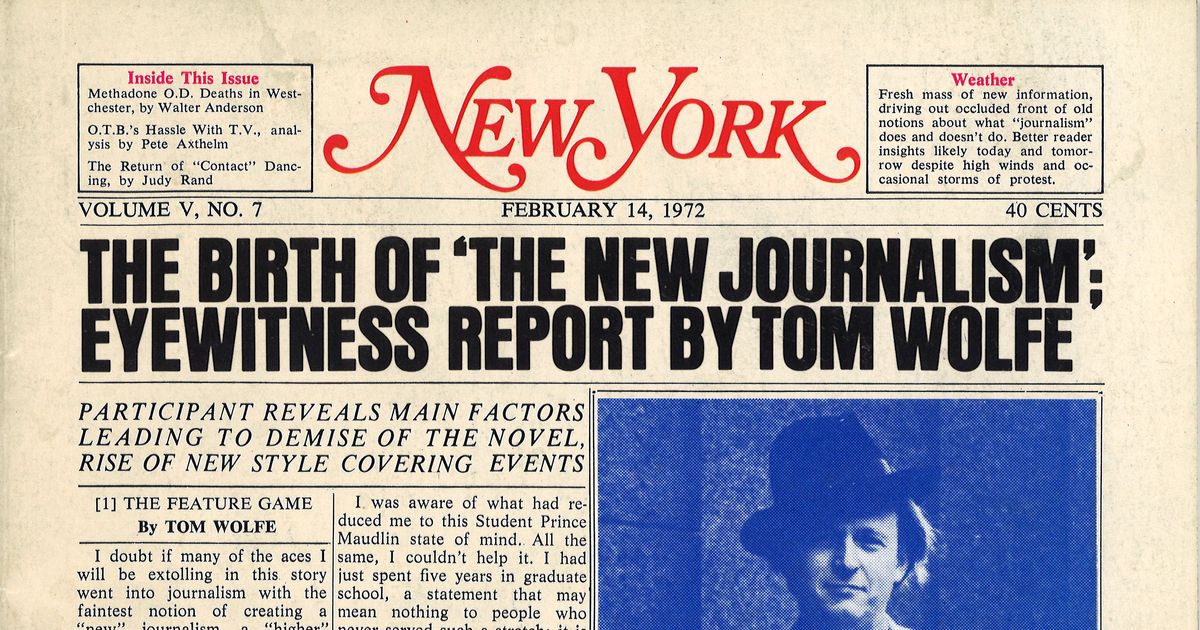News Articles - The Facts
News Articles - The Facts
Blog Article
What Does News Articles Mean?
Table of ContentsGetting The News Articles To WorkAn Unbiased View of News ArticlesFacts About News Articles UncoveredThe Of News ArticlesMore About News Articles
Good expertise of various subjects gives pupils an affordable edge over their peers. Although digital and social media sites are readily obtainable, we ought to not neglect exactly how crucial it is to check out the newspapers. Moms and dads have to try and instill the behavior of reviewing a newspaper as a day-to-day regimen to proceed the legacy of the revered print tool.Information tales also contain a minimum of one of the complying with vital characteristics about the intended target market: proximity, prestige, timeliness, human interest, curiosity, or repercussion. The related term journalese is often utilized, typically pejoratively, to describe news-style writing. An additional is headlinese. Papers generally stick to an expository writing style.
Within these limits, news stories likewise aim to be thorough. Amongst the larger and more recognized newspapers, fairness and equilibrium is a major variable in presenting details.
Newspapers with an international audience, as an example, have a tendency to utilize an extra formal design of creating. The details options made by a news electrical outlet's editor or editorial board are typically collected in a style guide; common style overviews include the and the United States News Style Book. The main objectives of news writing can be summed up by the ABCs of journalism: accuracy, brevity, and clarity.
The 6-Second Trick For News Articles
As a guideline, reporters will not utilize a long word when a brief one will do. They use subject-verb-object building and construction and vibrant, energetic prose (see Grammar). They offer anecdotes, instances and metaphors, and they seldom depend on generalizations or abstract concepts. News authors try to stay clear of using the exact same word more than when in a paragraph (in some cases called an "echo" or "word mirror").
Headlines occasionally leave out the topic (e.g., "Leaps From Boat, Catches in Wheel") or verb (e.g., "Feline woman lucky"). A subhead (likewise subhed, sub-headline, subheading, subtitle, deck or dek) can be either a subordinate title under the main heading, or the heading of a subsection of the write-up. It is a heading that precedes the main message, or a group of paragraphs of the main message.

of a write-up subject, informant, or interviewee), it is described as a pulled quotation or Full Report draw quote. Extra signboards of any one of these types may appear later in the write-up (particularly on subsequent pages) to entice additional reading. Journalistic internet sites occasionally utilize animation methods to swap one signboard for another (e.g.
The Greatest Guide To News Articles
Such billboards are also utilized as tips to the article in other areas of the magazine or site, or as promotions for the item in various other publication or sites. Press launch of the Swiss government. Normal structure with title, lead paragraph (summary in strong), other paragraphs (details) and call information.

Instance of a hard-lead paragraph NASA is recommending an additional space project. The agency's spending plan demand, introduced today, included a plan to send another mission to the Moon. This moment the firm wants to establish a long-term center as a jumping-off point for various other space adventures. The spending plan requests roughly $10 billion for the job.
An "off-lead" is the second most essential front page information of the day. To "bury the lead" is to begin the short article with history details or information of additional significance to the viewers, compeling them to check out more deeply into an article than they should have to in order to find the essential factors.
Not known Incorrect Statements About News Articles
Typical usage is that one or 2 sentences each form their own paragraph. Reporters usually describe the company or structure of an information story as an inverted pyramid. The essential and most fascinating aspects of a story are put at the beginning, with sustaining details following in order of lessening value.
It enables individuals to check out a subject to only the depth that their interest takes them, and without the imposition of details or subtleties that they could take into consideration unnecessary, but still making that information offered to a lot more interested readers. The inverted pyramid structure likewise enables write-ups to be trimmed to any type of approximate length throughout format, to suit the space available.
Some writers start their stories with the "1-2-3 lead", yet there are many kinds of lead readily available. A kicker can refer to multiple points: The last tale in the information broadcast; a "delighted" story to finish the program.
Longer posts, such as publication cover articles and the items that lead the within areas of a newspaper, are understood as. Function tales differ from straight news in a number of methods.
The Best Strategy To Use For News Articles
The journalist typically this content details communications with meeting subjects, making the item more personal. An attribute's very first paragraphs often connect an intriguing minute This Site or event, as in an "unscientific lead". From the details of an individual or episode, its sight promptly widens to abstract principles about the tale's topic. The area that signifies what a function has to do with is called the or billboard.

The Editor's Tool kit: A Recommendation Guide for Beginners and Professionals (2001) Allan M. Siegal and William G. Connolly. The New York Times Handbook of Style and Usage: The Authorities Style Guide Used by the Writers and Editors of the World's A lot of Authoritative Paper (2002) M. L. Stein, Susan Paterno, and R.
Report this page